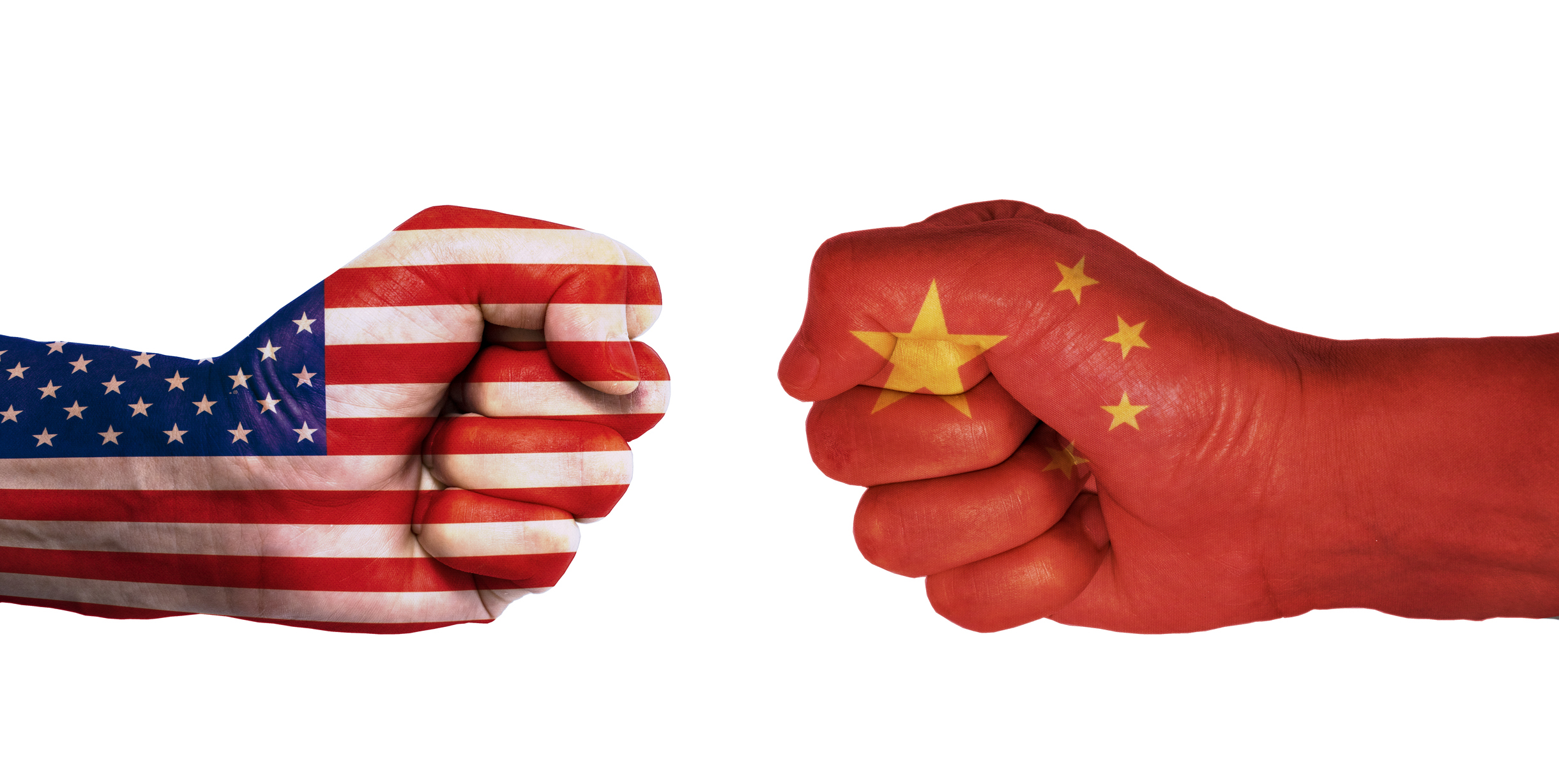China on Tuesday imposed tariffs on some U.S. imports in swift retaliation to new U.S. duties on Chinese goods, escalating the trade conflict between the world’s two largest economies, even as President Donald Trump offered reprieves to Mexico and Canada.
The additional 10% tariff across all Chinese imports into the U.S. went into effect at 12:01 a.m. ET on Tuesday (0501 GMT) after Trump repeatedly warned Beijing that it was not doing enough to halt the flow of illicit drugs into the United States.
Within minutes, China’s Finance Ministry announced it would impose levies of 15% on U.S. coal and LNG, and 10% on crude oil, farm equipment, and a small number of trucks and big-engine sedans shipped to China from the United States.
China also said it was launching an anti-monopoly investigation into Alphabet Inc.’s Google, while placing both PVH Corp (the holding company for brands including Calvin Klein) and U.S. biotechnology company Illumina on its “unreliable entities list,” which could lead to sanctions.
Additionally, China’s Commerce Ministry and Customs Administration stated they would impose export controls on certain metals critical for electronics, military equipment, and solar panels.
A 10% duty on electric trucks imported from the United States could apply to future sales of Elon Musk’s Cybertruck, a niche product that Tesla has been promoting in China. Tesla had no immediate comment.
China’s new tariffs on the targeted U.S. exports will start on February 10, giving Washington and Beijing some time to try and reach a deal that Chinese policymakers hope to strike with Trump.
China’s countermeasures were more limited in scope compared to the Trump administration’s across-the-board taxes on imports, a continuation of Beijing’s more measured response to this round of trade tensions with the United States.
Trump plans to speak with Chinese President Xi Jinping later this week, a White House spokesperson said.
On Monday, Trump suspended his threat of 25% tariffs on Mexico and Canada at the last minute, agreeing to a 30-day pause in exchange for concessions on border and crime enforcement with the two neighboring countries.
In 2018, Trump initiated a brutal two-year trade war with China over its massive U.S. trade surplus, with tit-for-tat tariffs on hundreds of billions of dollars’ worth of goods, disrupting global supply chains and damaging the world economy.
“The trade war is still in its early stages, so the likelihood of further tariffs is high,” said Oxford Economics, which downgraded its growth forecast for China.
Trump warned that he might further increase tariffs on China unless Beijing takes stronger action to curb the flow of fentanyl, a deadly opioid, into the United States.
“China hopefully is going to stop sending us fentanyl, and if they don’t, the tariffs are going to go substantially higher,” he said on Monday.
China has called fentanyl an American problem and said it would challenge the tariffs at the World Trade Organization (WTO) and take other countermeasures, though it also left the door open for talks.
The U.S. is a relatively small source of crude oil for China, accounting for 1.7% of its imports last year, worth about $6 billion. Just over 5% of China’s LNG imports come from the U.S.
Crude prices extended losses, tumbling 2% after China’s retaliation, and stocks in Hong Kong pared gains. The dollar strengthened, while the Chinese yuan, the euro, the Australian and Canadian dollars, and the Mexican peso all fell, reflecting growing market concerns about the risk of a prolonged global trade war.
“Unlike Canada and Mexico, it is clearly harder for the U.S. and China to agree on what Trump demands economically and politically. The previous market optimism for a quick deal still looks uncertain,” said Gary Ng, senior economist at Natixis in Hong Kong.
“Even if the two countries can agree on some issues, it is possible to see tariffs being used as a recurrent tool, which can be a key source of market volatility this year.”
NEIGHBOURLY DEALS
There was relief in Ottawa and Mexico City after Canadian Prime Minister Justin Trudeau and Mexican President Claudia Sheinbaum said they had agreed to bolster border enforcement efforts in response to Trump’s demand to crack down on immigration and drug smuggling. This agreement would pause the 25% tariffs due to take effect on Tuesday for 30 days.
Canada agreed to deploy new technology and personnel along its border with the United States and to launch cooperative efforts to fight organized crime, fentanyl smuggling, and money laundering.
Mexico agreed to reinforce its northern border with 10,000 National Guard members to stem the flow of illegal migration and drugs.
“As President, it is my responsibility to ensure the safety of ALL Americans, and I am doing just that. I am very pleased with this initial outcome,” Trump said on social media.
Canadian industry groups, fearful of disrupted supply chains, welcomed the pause.
“That’s very encouraging news,” said Chris Davison, who heads a trade group of Canadian canola producers. “We have a highly integrated industry that benefits both countries.”
Trump suggested on Sunday that the 27-nation European Union might be his next target, but did not specify when.
EU leaders at an informal summit in Brussels on Monday said Europe would be prepared to retaliate if the U.S. imposes tariffs, but also called for reason and negotiation. The U.S. is the EU’s largest trade and investment partner.
Trump hinted that Britain, which left the EU in 2020, might be spared tariffs.
Trump acknowledged over the weekend that his tariffs could cause some short-term pain for U.S. consumers but stated that they are necessary to curb immigration and narcotics trafficking and to spur domestic industries.
(REUTERS)














